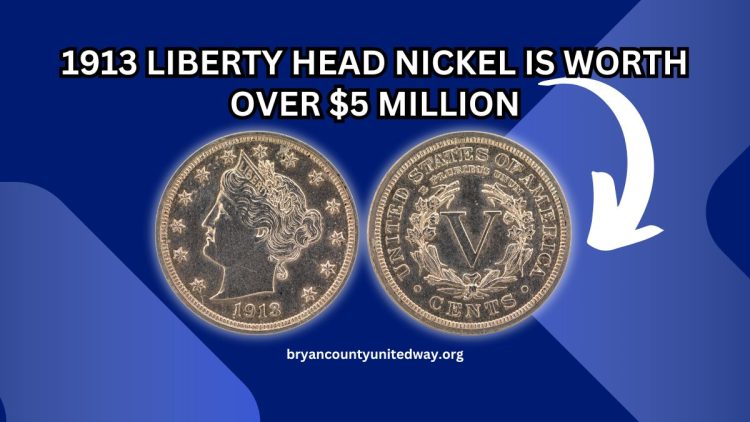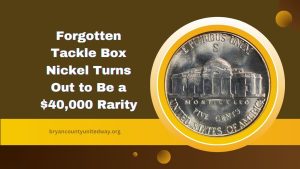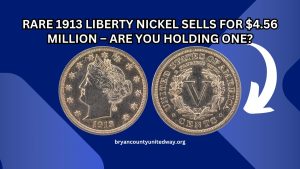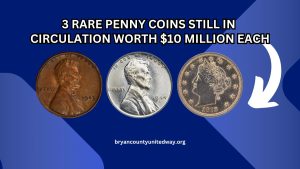The 1913 Liberty Head nickel is one of the most coveted coins in American numismatics, with only five known specimens. These coins are so rare and valuable that they have fetched prices up to $5 million at auctions.
This article delves into the history, characteristics, and significance of the 1913 Liberty Head nickel, exploring how one such coin achieved a record-breaking sale price.
1913 Liberty Head Nickel
The 1913 Liberty Head nickel is a five-cent coin that was produced in extremely limited quantities, unauthorized by the United States Mint. Its existence has intrigued collectors and historians alike, making it a centerpiece in the world of rare coin collecting.
Historical Context and Origin
In 1913, the U.S. Mint transitioned from the Liberty Head design to the Buffalo (Indian Head) nickel. However, five Liberty Head nickels bearing the 1913 date were produced without official authorization.
The exact circumstances of their creation remain a subject of speculation, with theories suggesting they were struck clandestinely by Mint employees or as trial pieces.
The Five Known Specimens
Only five 1913 Liberty Head nickels are known to exist, each with its unique history:
| Specimen | Description | Current Location |
|---|---|---|
| Eliasberg | Finest known specimen, graded PR-66. Purchased for $5 million in 2007. | Private Collection |
| Olsen | Graded PR-64. Once owned by King Farouk of Egypt. Featured in media, including “Hawaii Five-O”. | Private Collection |
| Norweb | On exhibit at the Smithsonian Institution. | Smithsonian Institution |
| McDermott | Exhibited at the American Numismatic Association’s Money Museum. | ANA Money Museum, Colorado Springs, CO |
| Walton | Discovered after being lost for decades. Sold for $3.2 million in 2014. | ANA Money Museum, Colorado Springs, CO |
Record-Breaking Sale of the Eliasberg Specimen
The Eliasberg specimen is renowned for its pristine condition and historical significance. In April 2007, it was sold for $5 million, setting a record for the highest price ever paid for a U.S. coin at that time.
Factors Influencing the Nickel’s Value
Several factors contribute to the immense value of the 1913 Liberty Head nickel:
- Rarity: With only five known specimens, the coin’s scarcity drives demand among collectors.
- Condition: Higher-grade coins, like the Eliasberg specimen graded PR-66, command higher prices.
- Provenance: Coins with notable ownership histories, such as those owned by Louis E. Eliasberg or King Farouk, are particularly valuable.
- Historical Significance: The coin’s unauthorized production and the mystery surrounding its origin add to its allure.
The 1913 Liberty Head nickel stands as a testament to the rich history and intrigue of coin collecting. Its rarity, coupled with its captivating backstory and exceptional quality, ensures its status as one of the most sought-after coins in the numismatic world.
FAQs
Why is the 1913 Liberty Head nickel so valuable?
Its value stems from its extreme rarity—only five specimens exist—and its historical intrigue, having been produced without official authorization.
How can I identify a 1913 Liberty Head nickel?
Authentic specimens have a distinct design featuring Lady Liberty in a Phrygian cap. Consulting a numismatic expert or reference guide is recommended for identification.
Are there any 1913 Liberty Head nickels in public museums?
Yes, the Norweb specimen is on display at the Smithsonian Institution, and the McDermott specimen is at the ANA Money Museum in Colorado Springs.
Have all five 1913 Liberty Head nickels been sold at auctions?
Yes, all known specimens have been sold at auctions over the years, with prices varying based on condition and provenance.




